Jewellery Paradise
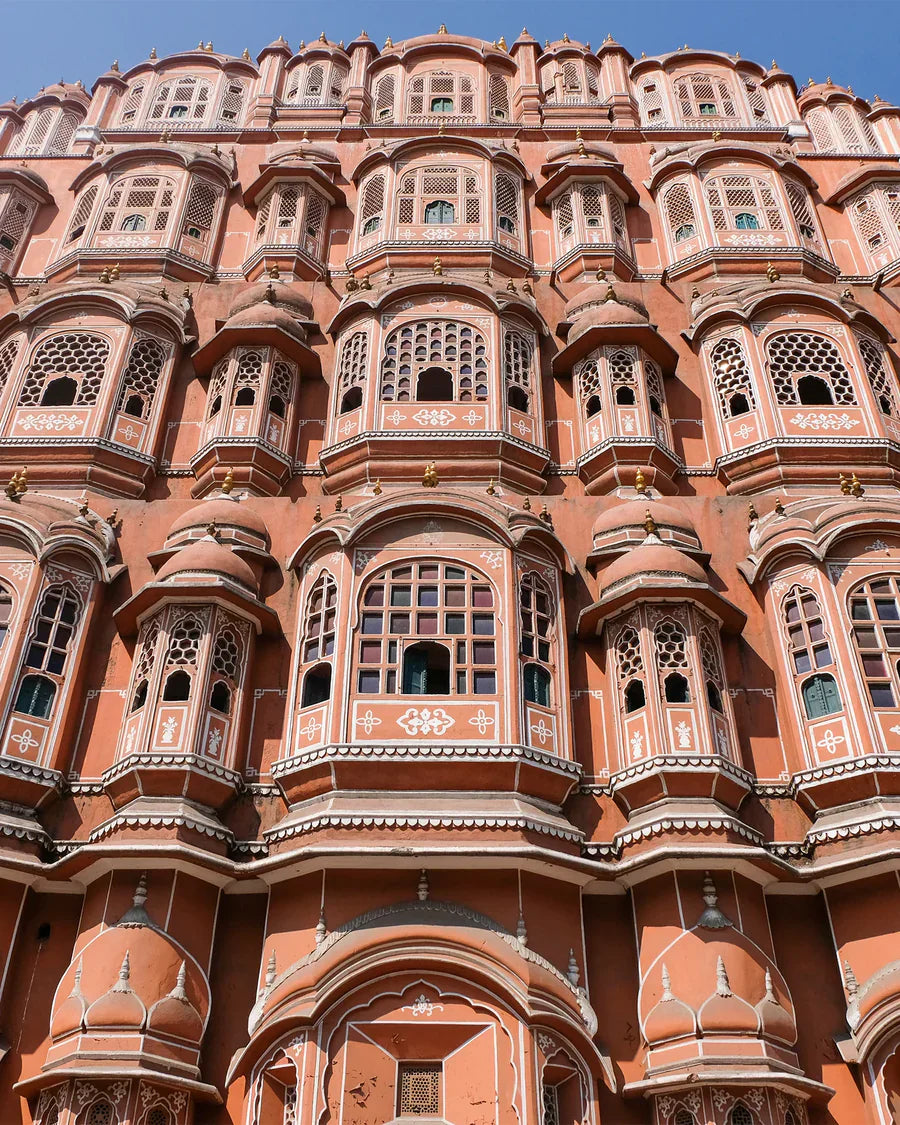
When we started Maanesten in 2010, we never had any doubts about where we wanted to produce our jewellery. Jaipur in India is the holy grail of jewellery, where the most beautiful jewellery has been created for hundreds of years by goldsmiths who have learned their craft through generations. This amazing heritage is what makes Maanesten jewellery so special today. Working with our designers and goldsmiths, we've teamed up with our Indian partner to find the perfect formula for our quality.
We're super particular about quality
It is crucial for us that what we sell is of the highest quality. Yes, anyone can say that, and there are many jewellery brands that do, but the difference is that we have our own sustainable production, where we, together with our Indian partner, control every little detail and the entire process. We have invested in some of the best equipment to ensure that the quality we promise is maintained and that you, as a consumer, know that our jewellery does not contain anything that could harm you. We have hired one of India's most talented chemical engineers, who has created the perfect gold plating process that makes our jewellery incredibly durable and environmentally friendly.
Good working conditions are for everyone, including in India
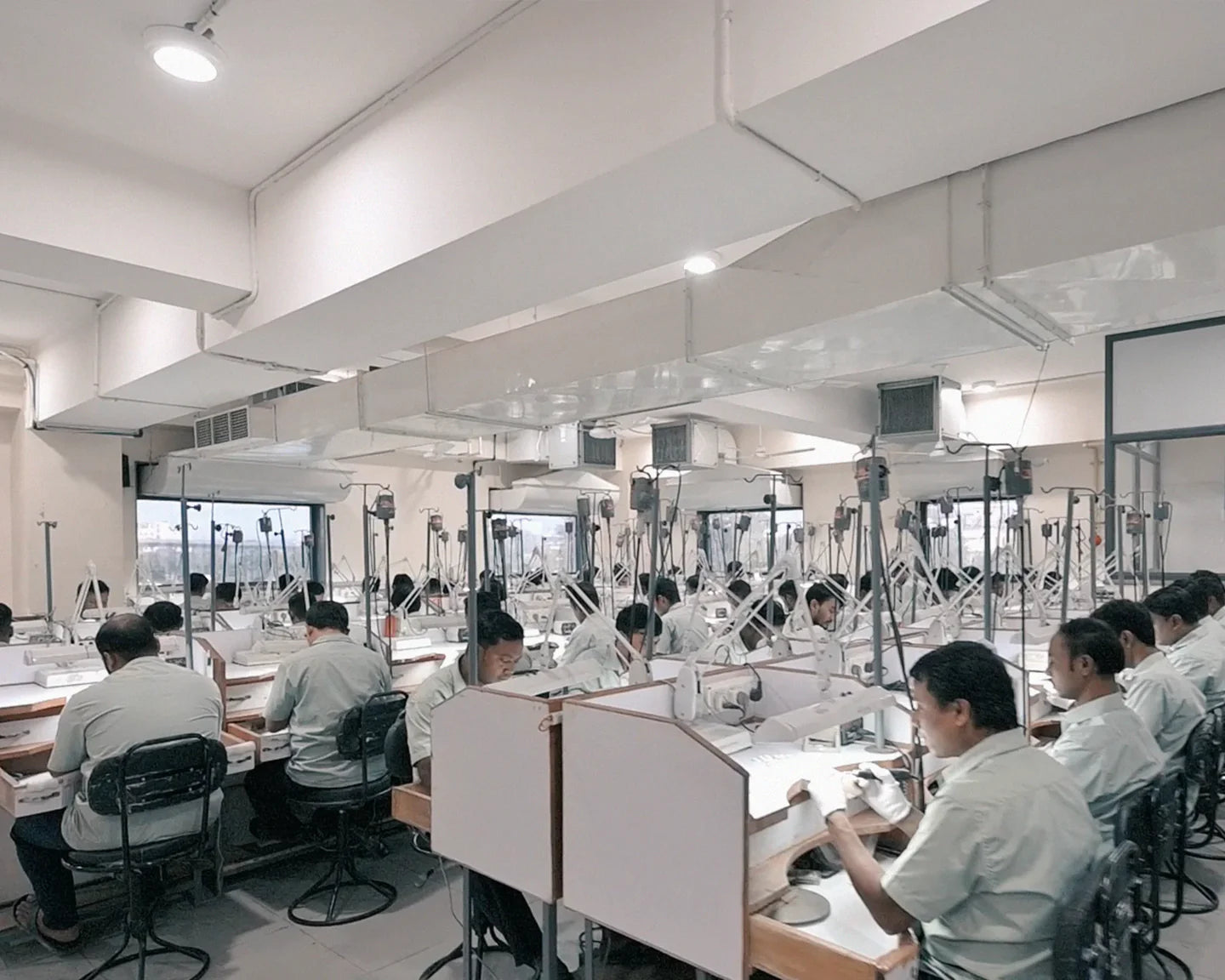
Since 2010, we have worked with our Indian partner in Jaipur to establish sustainable jewellery production that is good for the environment and our employees. From the very beginning, it has been very important to us that our goldsmiths, stone cutters, engineers and others enjoy the same conditions and rights as we do in Denmark. It is essential to us that they have good salaries, pension schemes, insurance for themselves and their families, and that they are educated or receiving education and are members of trade unions. All of this helps to ensure that the jewellery you buy from us is created by people with great passion, high professionalism and respect for their craft.
Gold and green forests
You should not promise more than you can deliver. We have always strived to do this, especially when it comes to something as important as the green transition. We cannot say that we are 100% green, but we are constantly trying to optimise our processes and place high demands on our suppliers around the world.
But what do we do then?
– We use the FSC label on most of our packaging.
– We only use recycled silver.
– We use solar energy for most of our production in India.
– We are the first jewellery brand in the world to recycle all our jewellery samples, returns and leftover stock in our Upcycled Recycled collection.
– We have ensured a working environment in our production in India that matches conditions in Denmark.
– We use organic cotton and recycled polyester fabric in most of our soft accessories.
– We use acetate for our hair clips, for example, which is more durable than plastic and has a minimal risk of allergic reactions.
– We support a sewing workshop in India, run by independent women, to sew some of our soft accessories Production in India powered by solar energy.
Production in India powered by solar energy
Acetate instead of plastic
Organic cotton and recycled polyester
Responsible working environment in India
Upcycled Recycled kollektionen
Supporting Indian sewing workshops run by women
FSC-certified packaging
Recycled silver (sterling silver 925)

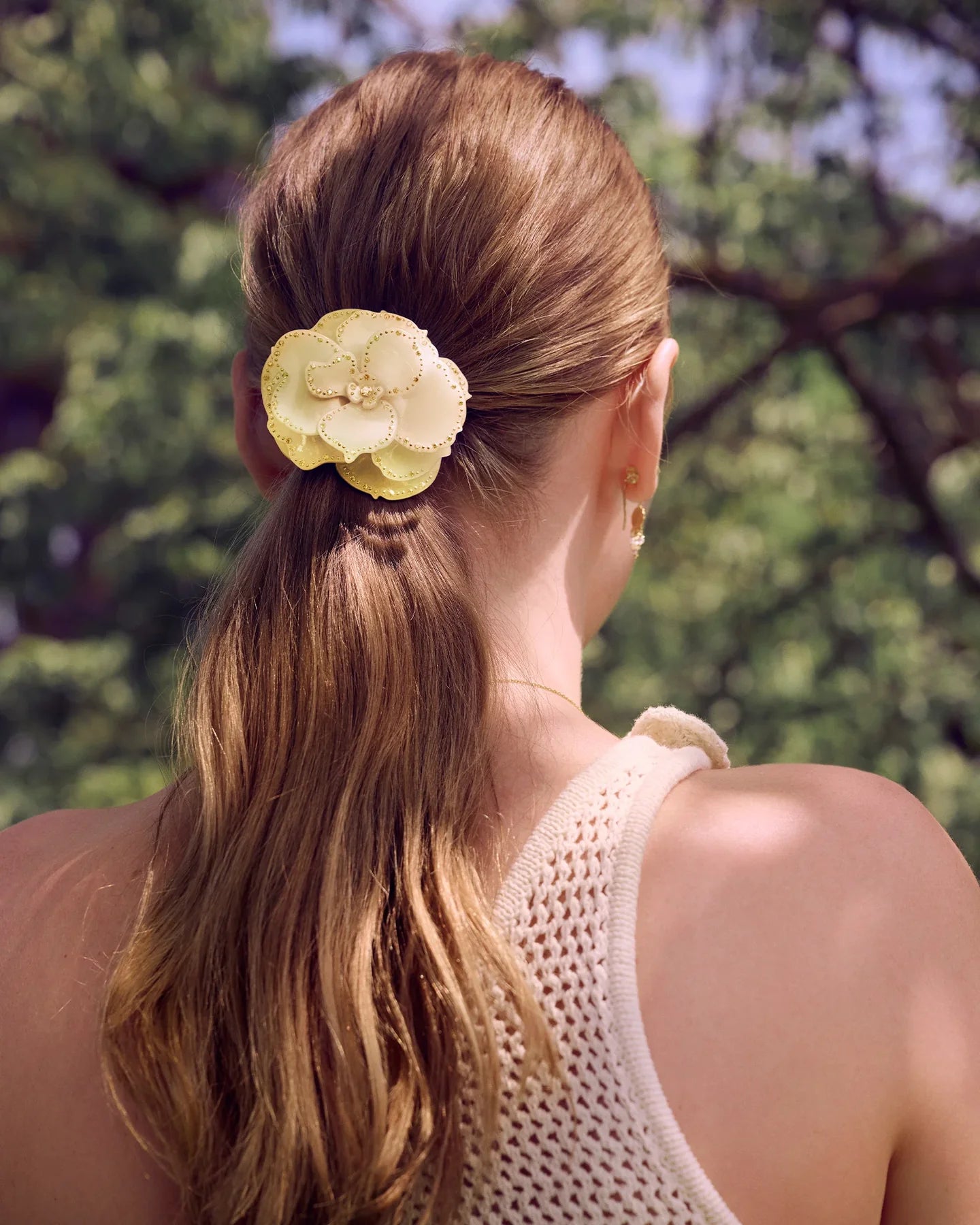
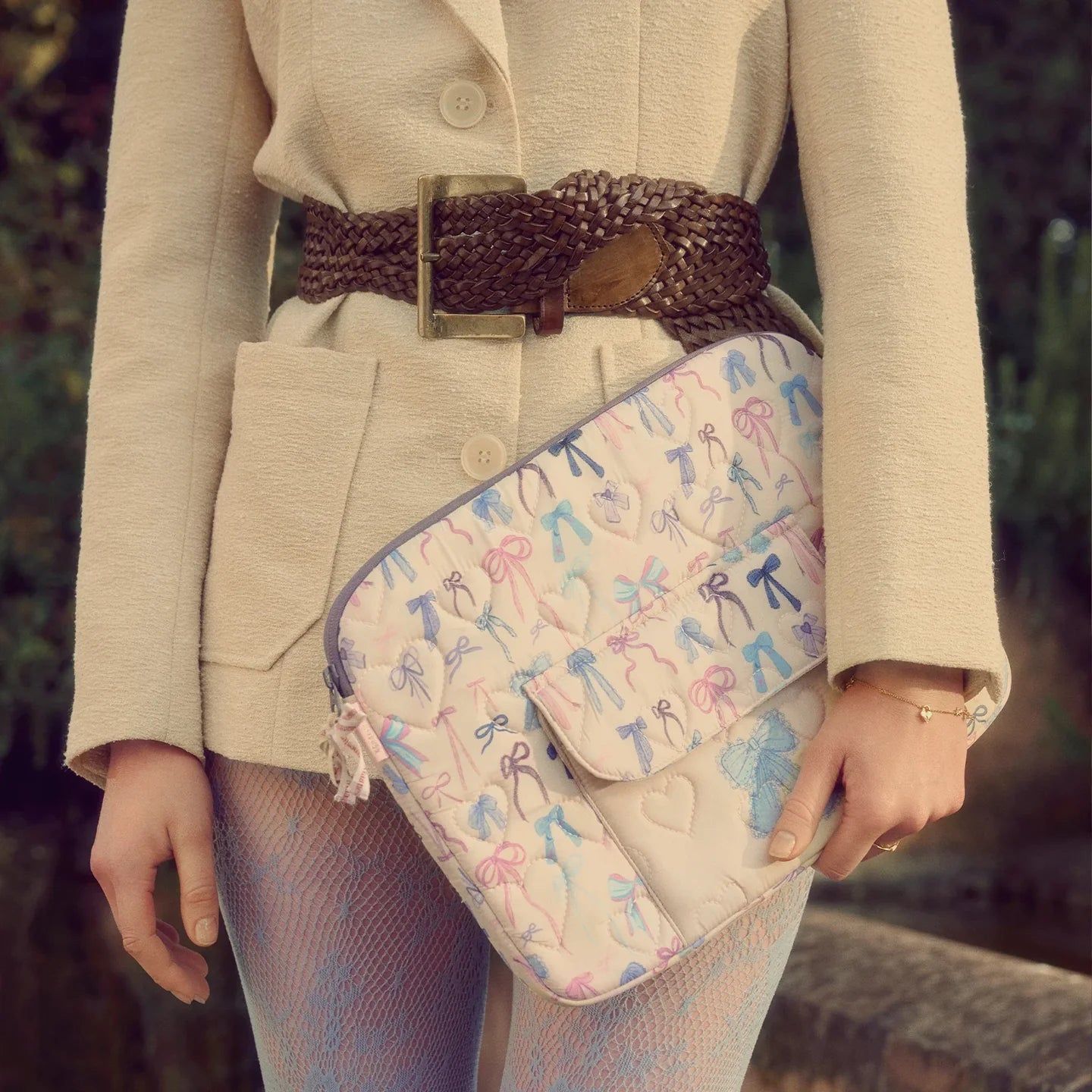
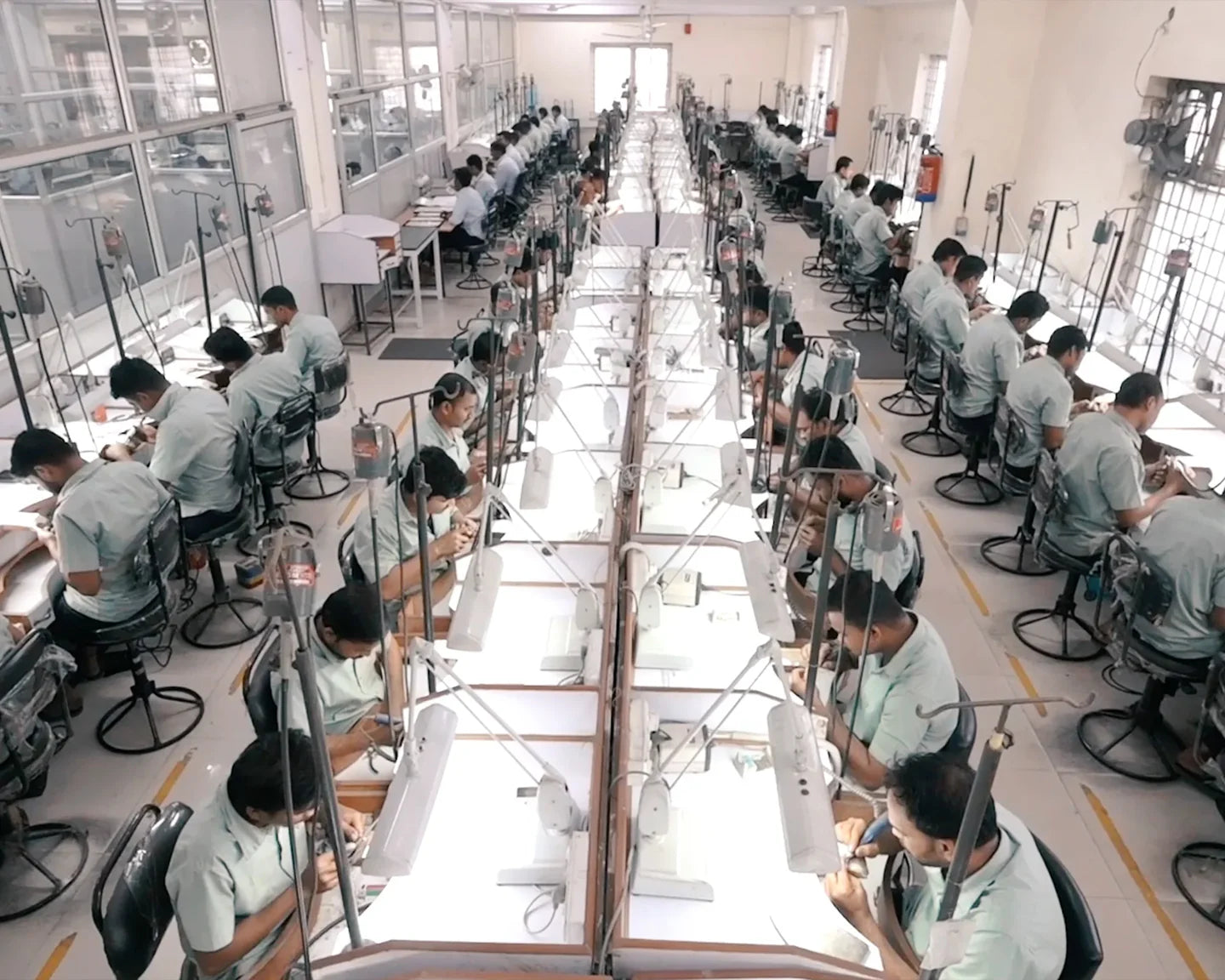
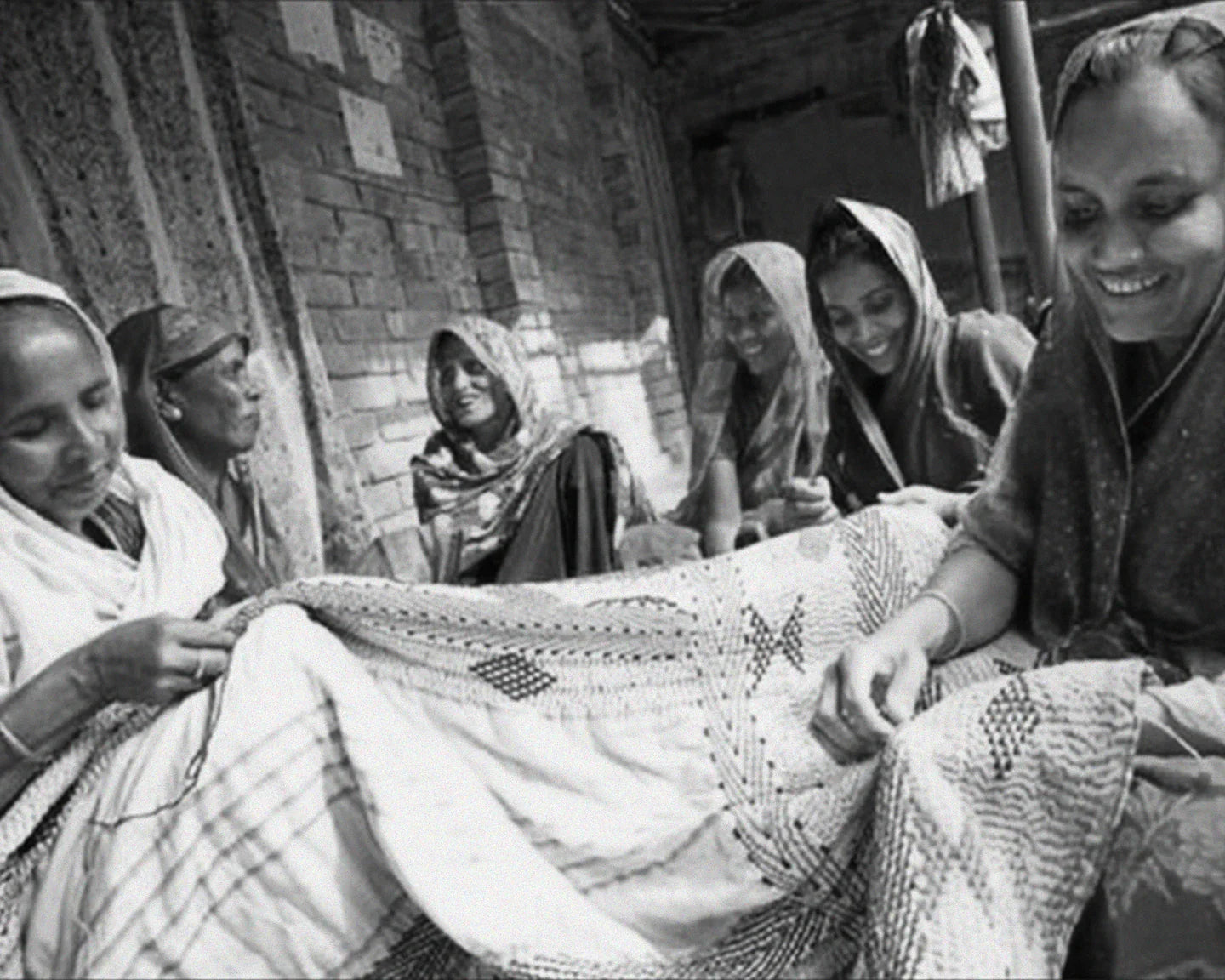
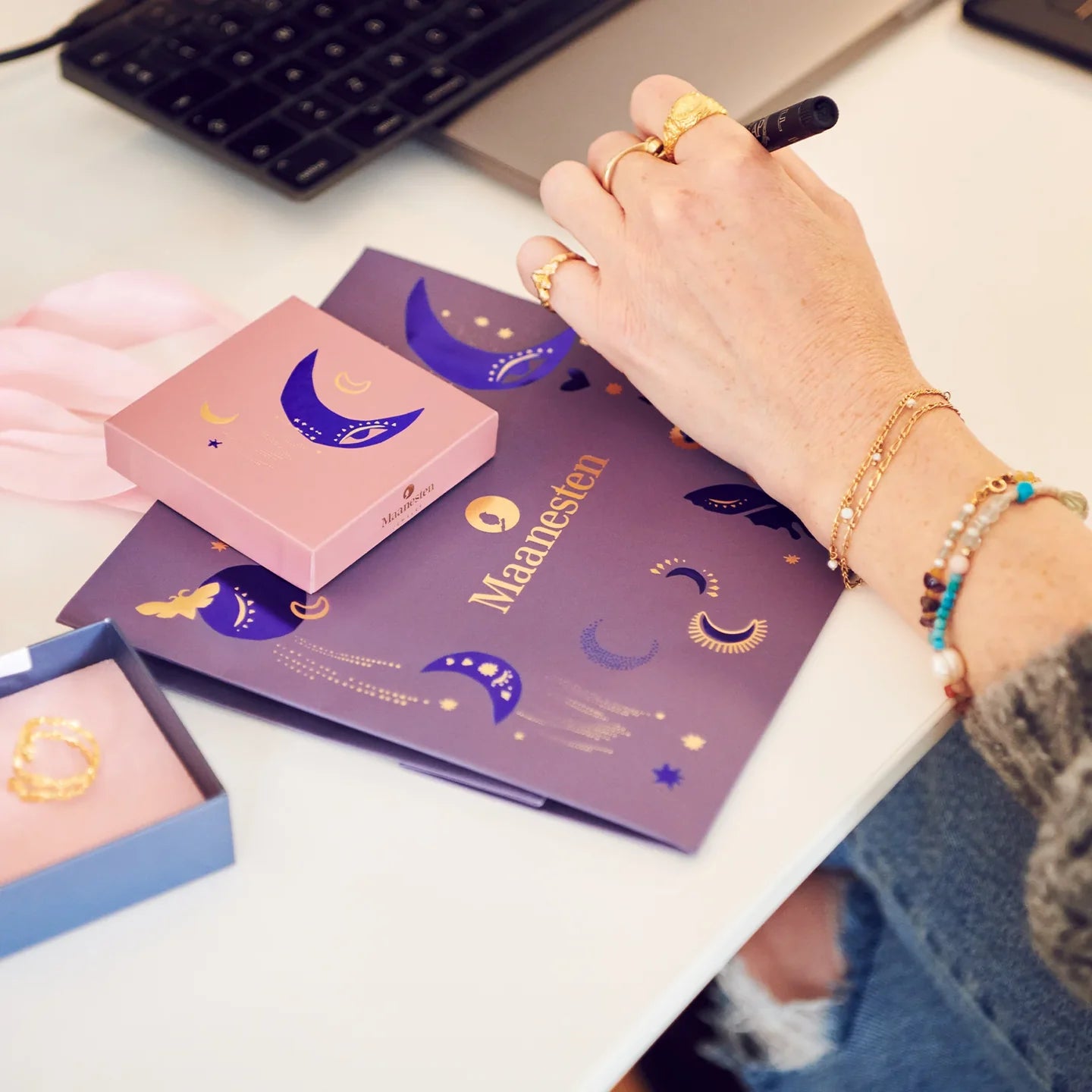
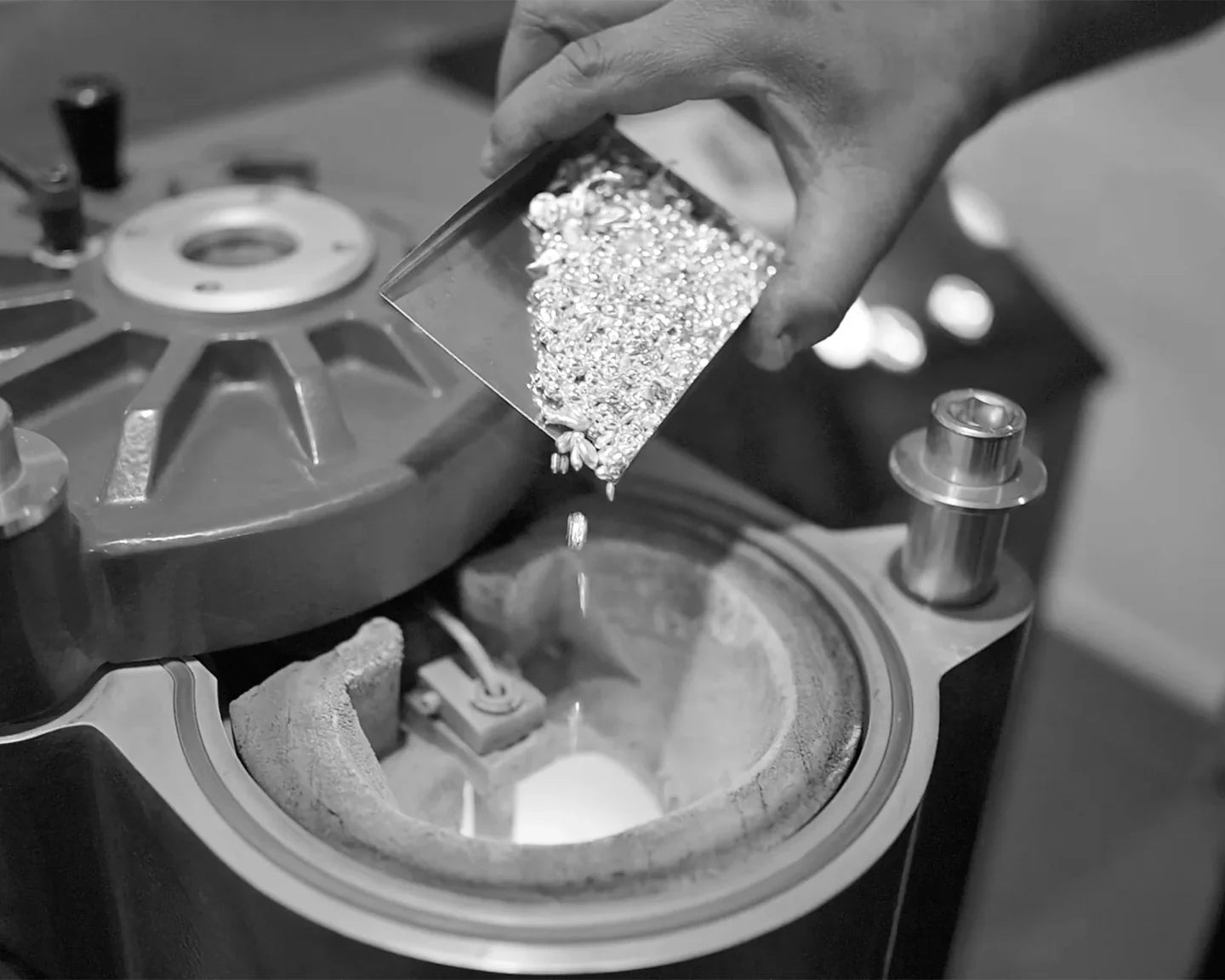
– Størstedelen af vores emballage er FSC-mærket.
– Vi anvender kun genbrugssølv
– Vi genbruger som det første smykkebrand i verden alle vores smykkeprøver, reklamation og restlager i vores Upcycled Recycled kollektion
– Vi bruger sol energi til størstedelen af vores produktion i Indien
– Vi har sikret et arbejdsmiljø i vores produktion i Indien, som matcher forholdene i Danmark.
– Vi støtter en systue i Indien, drevet af selvstændige kvinder, til at sy noget af vores soft access
– Vi bruger økologisk bomul og genbrugs polyester metervare i største delen af vores soft accessory
– Vi bruger acetat til f.eks. vores hårspænder, som er mere holdbart end plastik og med minimal risiko for allergiske reaktioner










































